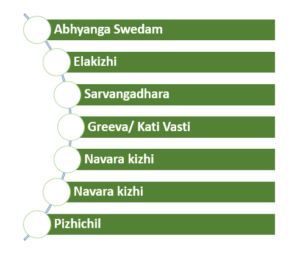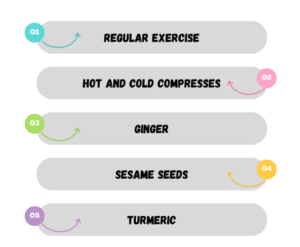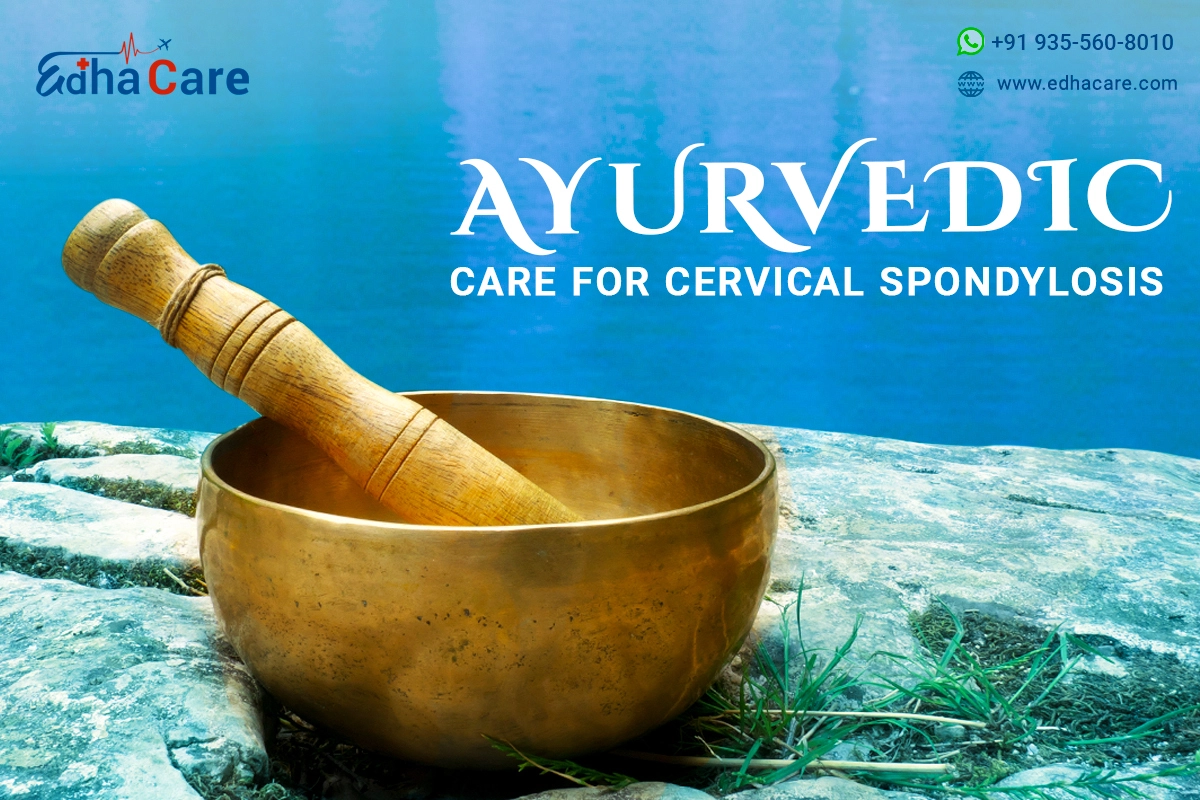With cervical spondylosis impacting around 95% of individuals by the age of 65, it is often considered a natural aspect of the aging process. The majority of persons have no cervical spondylosis symptoms, but some develop cervical radiculopathy and/or cervical myelopathy as well as axial neck pain. Cervical spondylosis, affecting approximately 95% of individuals by the age of 65, is commonly perceived as a natural component of the aging process. Your spine will change as you age, and this is natural. Also, the majority of adults over 60 have cervical spondylosis and osteoarthritis.
What Are The Causes?
As people age, the structures that make up the backbone and neck gradually develop wear and tear. These causes include:
-
Bone Spurs:
In an effort to strengthen the spine, the body attempts to develop more bone, which results in skeletal overgrowth. The additional bone can compress the delicate spinal cord and spinal nerves, resulting in pain.
-
Dehydrated Discs:
Between the spinal bones, there are discs that function as thick, cushion-like pads. These discs help absorb the impact of movements such as lifting and twisting. With time, the gel-like substance inside these discs may dry out. Your spinal bones will rub against each other more as a result, which may hurt.
-
Herniated Disks:
Cracks can form in spinal discs, which can lead to internal cushioning fluid leakage. This substance may stress on the spinal cord and nerve roots, causing symptoms including limb numbness.
-
Stiff Ligaments:
Ligaments are crucial to the body’s functioning. With time and aging, the cords that hold your spinal bones together might stiffen even more, which impairs neck mobility and reduces neck flexibility.
Symptoms of Cervical Spondylosis
Commonly cervical spondylosis begins with no symptoms at all, gradually symptoms start developing such as stiffness in the neck and pain in the neck. Sometimes, cervical spondylosis may result in a narrowing of the space needed by the spinal cord and the nerve roots that originate at the spinal cord and pass from the spine to the rest of your body. If the spinal cord or nerve roots are pinched, you may experience:
Tingling Sensation, numbness, and a feeling of weakness in the neck which travels to arms, hands, legs, or feet.
- Lack of coordination of muscles and bones and difficulty in walking.
- Loss of bladder control or bowel control
- A feeling of grinding when you move your neck.
- Stiffness in the neck.
- Trouble maintaining your balance.
Ayurvedic Treatment for Cervical Spondylosis
Below are several well-known Ayurvedic treatment options associated with cervical spondylitis, renowned for their numerous benefits:

Abhyanga Swedam
Abhyanga-Swedam is an Ayurvedic massage therapy combined with fomentation, typically lasting for 60 to 90 minutes. A certified practitioner delivers the treatment as a combination of gentle strokes and deep kneading with the use of medicated massage oils. Additionally, after the application of gentle pressure around the neck area may help with cervical spondylosis. Fomentation aids the medicated oil to reach deeper into the tissues.
Elakizhi
Elakizhi prompts applying boluses of medicinal leaves in target areas to flush out toxins from the body through sweating. A certified and renowned practitioner administers the therapy using fresh herbal leaves. This treatment is thought to pacify the Vata dosha and potentially assist in reducing musculoskeletal discomfort.
Sarvangadhara
Sarvangadhara is a type of oil-dripping therapy that practitioners administer using warm, medicated oils over sarvanga or the whole body. The treatment is said to help individuals who are suffering from several musculoskeletal issues. In fact, the massage covers all body parts from head to toe and can accelerate relaxation and treat aches, fatigue, and stress.
Greeva/ Kati Vasti
Greeva/Kati Vasti, an Ayurvedic therapy, primarily targets back and neck pains. It involves specialized oil therapy recommended for the neck, back, and shoulders, administered by a certified practitioner. The process entails applying warm, medicated oil over the affected area, followed by a gentle massage to enhance the treatment’s effectiveness.
Navara kizhi
Navara Kizhi, a massage therapy that targets joint and muscle pain along with sore tissues, involves two procedural steps. In the first step, practitioners massage the affected area using warm, medicated oils, preparing it for the subsequent phase. In the second step, they massage the entire body or the specific affected area using a warm poultice. Also, this poultice is filled with a blend of cooked medicated navara rice, cow’s milk, and various herbal decoctions.
Pizhichil
Pizhichil, a distinctive facet of the Kerala Panchakarma approach, is traditionally an extensive Ayurvedic full-body massage. However, it can also be tailored to address specific areas for pain relief. During this therapy, a special linen cloth saturated with warm, medicated oil is placed gently on the body, including the head. Subsequently, a comforting massage is administered to the recipient in various positions. The execution of this massage necessitates the coordination of two to four practitioners to ensure its efficacy. Typically lasting for an hour and a half, Pizhichil offers a comprehensive and soothing therapeutic experience.
Do You Know The Home Remedies?
Numerous home remedies are designed to alleviate the symptoms of the specific ailment. Ayurveda involves a lot of medications or homemade remedies as well that are necessary for treating the disease faster.

1. Regular Exercise
Regular exercise has a significant positive impact on the management of spine and neck pain. Perform 10 minute neck and back exercises twice daily, preferably in the morning and evening. The pain may be lessened by doing this.
2. Hot and Cold Compresses
Alternating hot and cold compresses on the afflicted area is another method of pain relief. While cold compresses will aid in reducing edema and inflammation, hot compresses will increase blood circulation.
3. Ginger
This particular herb is among the effective home remedies for addressing cervical spondylosis, and it’s a common household item. It contains anti-inflammatory properties that help to reduce any inflammation in the neck and increase blood circulation of the body.
4. Sesame seeds
Sesame seed is one of the best at-home treatments for cervical spondylosis, according to study. It contains a variety of minerals, including magnesium, phosphorus, zinc, copper, and others. Sesame seed oil aids with pain relief.
5. Turmeric
From ancient times, turmeric has anti-inflammatory properties that help to reduce any swelling in the neck region. Turmeric also improves the circulation of blood which results in a reduction of stiffness in muscles. It can be taken with warm milk.
Summary
In conclusion, Ayurveda offers a holistic strategy that treats the underlying causes and symptoms of cervical spondylosis, playing a vital role in its therapy. Also, Ayurveda seeks to balance the doshas and relieve pain, inflammation, and stiffness in the cervical region using a combination of tailored dietary advice, herbal medicines, therapeutic massages, and lifestyle adjustments. It places a greater emphasis on personalized care than conventional therapies since it recognizes the individuality of each patient’s constitution and condition. This not only treats cervical spondylosis but also improves general health.

